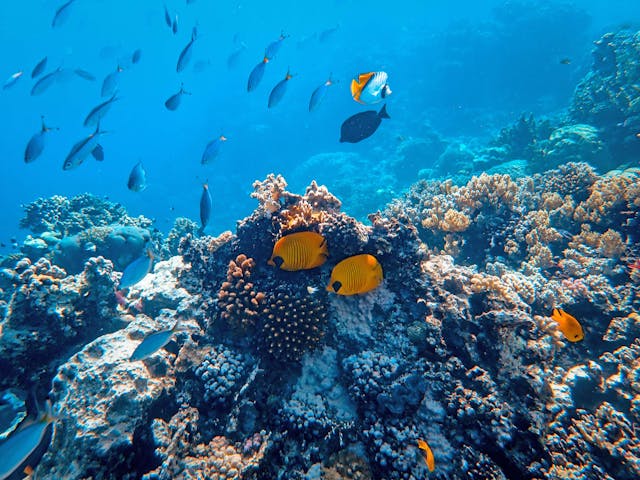Exploring the Maldives’ history and culture unveils a rich tapestry woven from centuries of maritime trade, diverse influences, and vibrant traditions. Nestled in the Indian Ocean, this tropical paradise is more than just a haven for beach lovers; it is a land steeped in fascinating historical narratives and cultural richness.
Historical Roots
The Maldives has been inhabited since approximately the 5th century BC, with early settlers arriving from what is now Sri Lanka and India. Initially, the inhabitants practised Buddhism, but by 1153 CE, the Maldives had converted to Islam under Arab influence. Today, the country is predominantly Islamic, with numerous mosques dotting the landscape of Malé. Consider dropping by some of this architecture from your stay at resorts like The Residence Maldives Dhigurah.
Cultural Influence
Maldivian culture is a rich tapestry of influences, particularly from Sri Lanka and South India, with notable impacts from African slave ancestry, especially in music and dance. This African influence is exemplified in the Boduberu, a traditional Maldivian dance characterized by rhythmic drum beats and language. Maldivian cuisine heavily features seafood, with rice and fish as staple foods, and is distinctly flavoured by Indian spices, such as curry.
Folklore and Craftsmanship
The Maldives boasts a rich oral tradition of legends and folklore, often involving mythical sea demons and spirits that are said to haunt the islands. These tales are reflected in local craftsmanship, including lacquer works, mat weaving, coir rope making, and calligraphy. Beautiful local crafts, such as braided mats and various jewellery pieces, make perfect souvenirs to take home – and are one of the best things to do in the Maldives.
Coral Reef Initiatives

The coral reefs of the Maldives are a vital aspect of the country’s natural beauty and hold significant historical and cultural value. For centuries, the Maldivian people have depended on the surrounding marine environment for their livelihoods, food, and cultural practices. Therefore, preserving and protecting these delicate ecosystems is of paramount importance.










